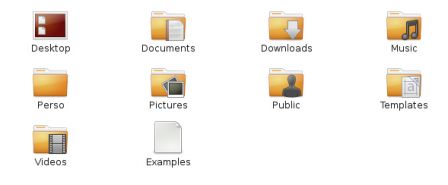Here are the steps I used to upgrade the BIOS of my Lenovo Thinkpad X1 Carbon Gen 2.
You have to download the bootable ISO file from Lenovo support site, convert it and copy it to a usb flash drive.
You will need a USB key you can erase.
First Get the bootable ISO file from Lenovo support website. To get your product number:
sudo dmidecode -t system | grep Product
To check your BIOS version: sudo dmidecode -t bios
Get the geteltorito program from your packages or download it:
cd /tmp/ wget http://userpages.uni-koblenz.de/~krienke/ftp/noarch/geteltorito/geteltorito chmod +x geteltorito
Extract the img from the ISO:
./geteltorito -o bios.img gruj09us.iso
Copy the img to the USB key (make sure sdb is you USB key!!):
sudo fdisk -l /dev/sdb #at least check that device size is right sudo dd if=bios.img of=/dev/sdb
That’s it. Boot on USB stick and follow the instructions to update your BIOS.



